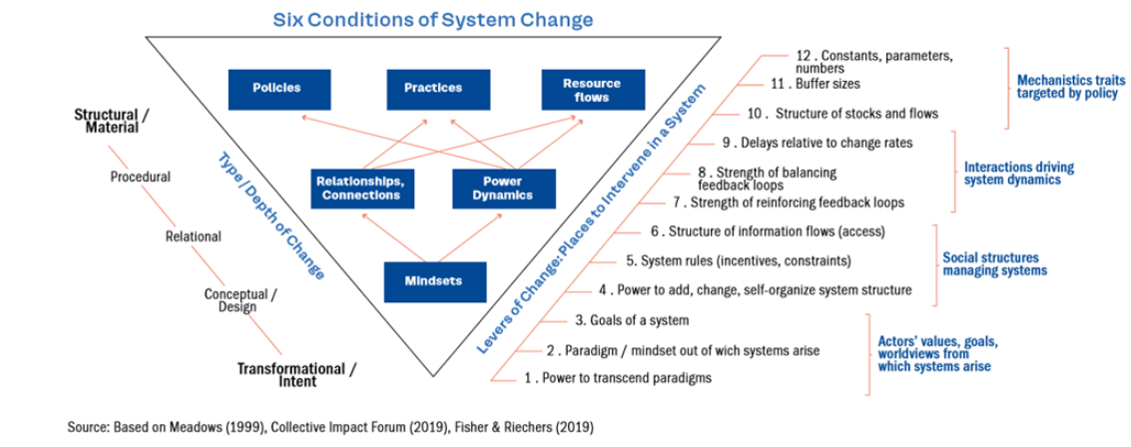Since 1970, the world has been observing Earth Day on April 22. Each year we act, advocate, lobby and celebrate small steps forward in the quest for a better, more sustainable life for all on this planet. This Earth Day is unlike any other, beyond the pale of imagination.
In the last months, over 170,000 people have lost their lives to a tiny speck of RNA that descended upon us wearing a film of fat and a crown of protein – Sars-CoV-2. Today, over 2.5 million people are coping with the infection and half the global population is living under some form of restriction and lockdown. While the skies are bluer and the air and water are cleaner than in our living memory, it comes at an unbearable cost leaving all of humanity in grief and uncertainty.
CO2 emissions will surge back to pre-COVID levels
Contrary to popular thinking, the steep reduction in flights, cars and industrial production has little impact on the factors that lead to climate change. There is a clear and dramatic reduction in air and water pollution but green-house gas concentrations are at a record high of 416 parts per million (ppm), not long ago we hoped never to cross the threshold of 350 ppm.
For decades now there has been an upward trend in carbon emissions, interrupted only by the financial crisis of 2008. Green-house gasses have long lives and remain in the environment for decades to centuries. Thus, a decline in carbon emissions for a few months due to the pandemic will not have an impact on annual or long-term carbon stocks. After the 2008 financial crisis, there was a steep increase in greenhouse gas emission that more than nullified any reductions. Emissions will surge back to pre-COVID levels as various sectors of the economy will seek to ramp up their operations to make up for the losses during the lockdown. With oil prices at their lowest ever, the landlocked West Texas Intermediate (WTI) is trading at a negative rate today due to overproduction, and large reserves, this recovery risks to be fuelled by fossil fuels unless we chose to define a different future for ourselves.
Re-designing the future
There are three signs of hope – firstly, we have demonstrated that as a society we can make radical changes on a global scale if need be. Secondly, these changes can be deep enough to help both the Earth and its climate and thirdly the financial resources for a global transition can be mobilized.
The Carbon Brief estimates that China’s carbon emissions fell by around 25% over a four-week period during the COVID lockdown. To limit global warming to below 1.5 degrees Celcius, the IPCC estimates that carbon emissions need to be reduced by 40% by 2030. Assuming the global emission reductions due to the lockdown are more modest than in China, say at 10%, and were to become permanent (i.e., not bounce back after the lockdown ends), in a few weeks the world has been able to progress a quarter of the way to its 1.5 degree target! In the current situation this is non-permanent and has come at a huge social and economic cost, unequally shared among the rich and the poor in society.
Change is within reach
Just as a pandemic is an indicator of biodiversity loss, weather extremes such as storms and wildfires are indicators of climate change. If coordinated global mitigation action is delayed, the impacts will be massive, unexpected and global, with differential impacts on the poor and vulnerable in each society.
A recent YouGov poll in UK indicates that only 9% of respondents wish to return to their lives as before the lockdown, 54% hope to make a change in their own lives and expect the country as a whole to learn from this pandemic. Erica Chenoweth from her seminal work on non-violent civil resistance says it takes only 3.5% of the population to change a system. Years of research on systems theory show that for systems to transform, changes need to happen in six conditions: relevant policies, practices and resource flows; in the underlying relationships and power dynamics among actors, and people’s mindsets, the last being the deepest change and often the most difficult. We are at a moment in time where a crisis seems to have triggered a change in mindsets.

Today, we have the opportunity to choose pathways to such a transformation using the resources that are now available for post COVID recovery. In concrete terms this means we adopt the new ways of living, eating, working and recreation which we have experienced as healthy and deeply pleasurable in the last weeks. We must demand that the taxpayer funded recovery packages do not bail out legacy sectors whose time has passed, create jobs particularly for the youth and women and that they do not create new risks, including of climate change. The World Bank has a draft sustainability checklist for assessing the economic recovery investments, as citizens we must demand that public investments follow such principles.




